News

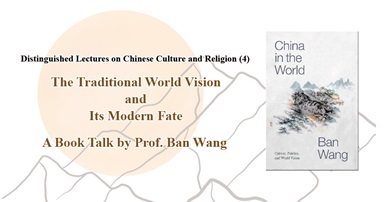
Distinguished Lectures on Chinese Culture and Religion (4)
16 Sep, 2022
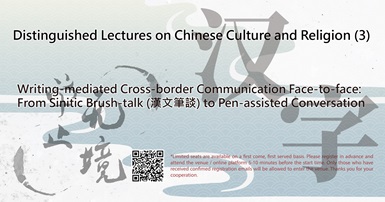
Distinguished Lectures on Chinese Culture and Religion (3)
21 Apr, 2022
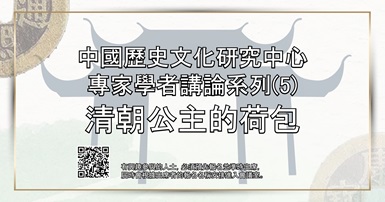
Specialist Lecture on Chinese History and Culture (5)
13 Apr, 2022
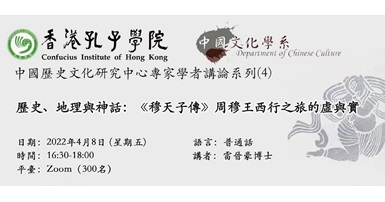
Specialist Lecture on Chinese History and Culture (4)
8 Apr, 2022
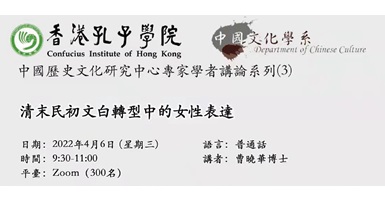
Specialist Lecture on Chinese History and Culture (3)
6 Apr, 2022
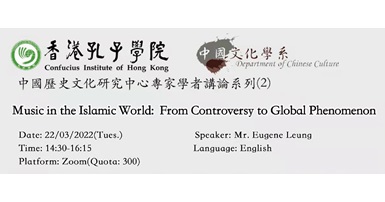
Specialist Lecture on Chinese History and Culture (2)
22 Mar, 2022
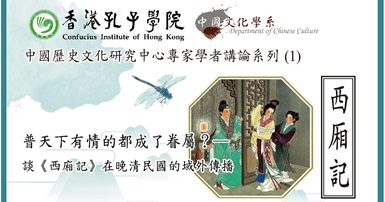
Specialist Lecture on Chinese History and Culture (1)
17 Mar, 2022
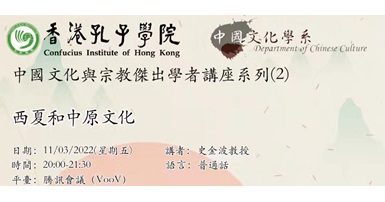
Distinguished Lectures on Chinese Culture and Religion (2)
11 Mar, 2022
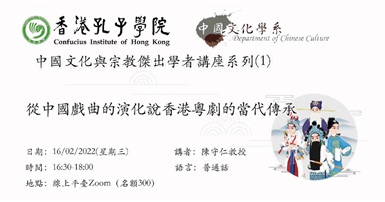
Distinguished Lectures on Chinese Culture and Religion (1)
16 Feb, 2022
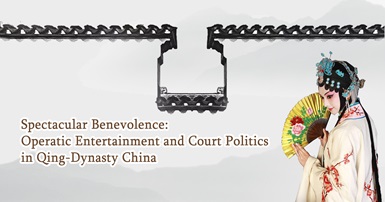
Specialist Lecture on Chinese History and Culture (9)
7 Dec, 2021


